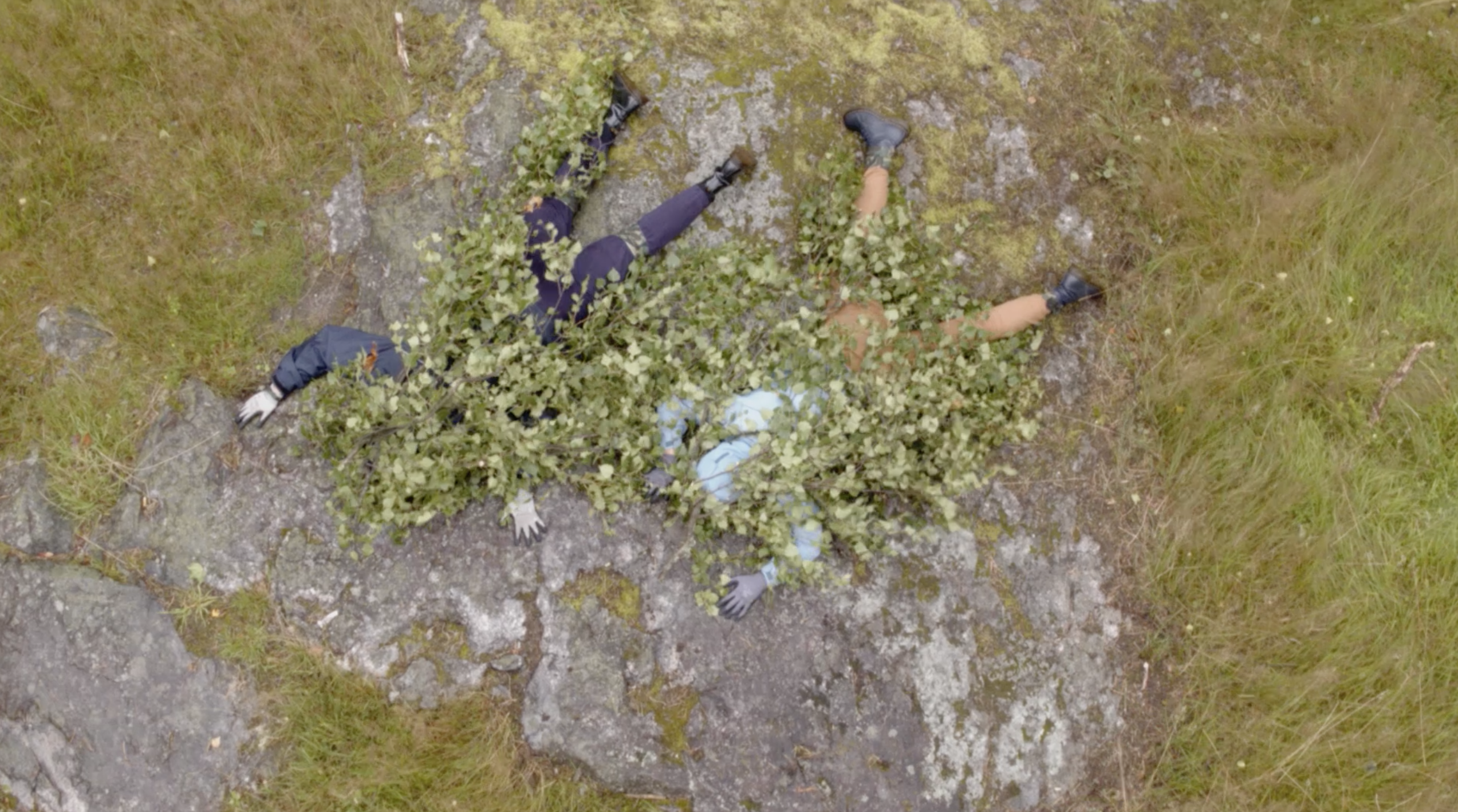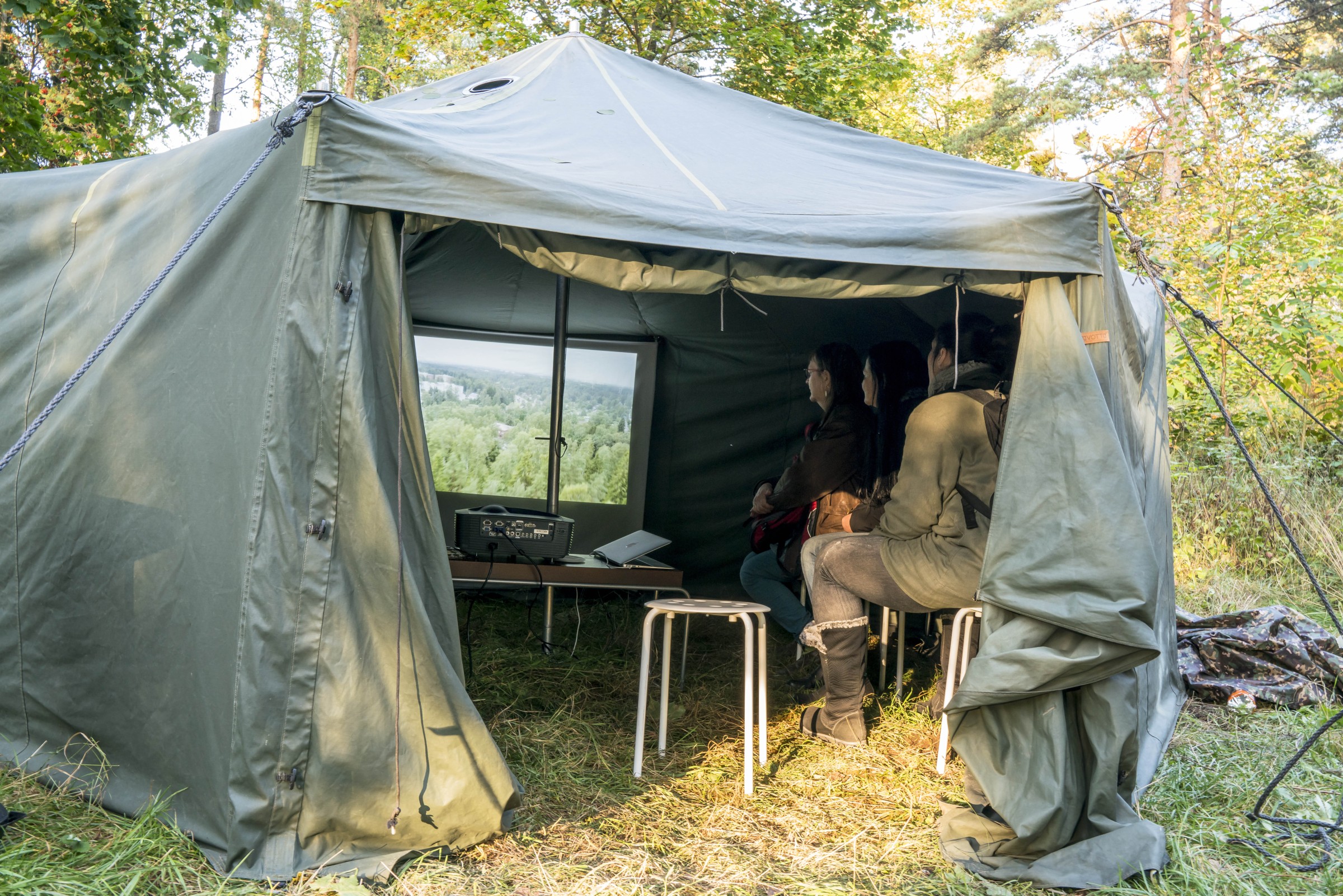Poikkeustila, Martial Law
2017
I’ve heard that it was prisoners who built these trenches, for if the war comes to Helsinki. But what prisoners? Where did they come from? Where they Russian or Chinese or Swedish ? Where i lived in Katajanokka there was a prison. Now it’s a hotel, isn’t it?
Collabortiave art project produced by artist Anastasia Artemeva and collaborative media art residency m-cult, about common (his)tory between clients of Kriminaalihuollon tukisäätiö (Krits) and local folks of suburban neighbourhood of Maunula, Helsinki. Krits is an NGO that support people in prison and their families, and through the project Maalinnoitushanke employes men who are currently on probation or are nearing the end of their prison sentence to restore the WWI trenchers around Helsinki.


After the Russians left, and the Finnish state announced independence, the government and the people began to take the trenches down and use the valuable materials to build homes. The blew metal roofs off their paces, leaving the bunkers exposed. The Reds attempted to re-appropriate the trenches as hiding places, but the lack of professional soldiers in their groups meant they could not hold for very long.


Photography Vesa-Pekka Grönfors
Under an old house there is a storage room for cannon ammunition, which is still completely intact. There are two rooms, a window between the rooms, rails and concrete walls - all are still in place. The owners use it as a root cellar. They keep preserves there. Raspberry jam mostly.
Screenplay, design: Anastasia Artemeva
Sound design: Johannes Vartola
Voice: Anna Rawlings
Collaborators:
KRITS Maalinnoitushanke
Helander-koti
Suursuon päiväkoti
Maunula-talo
Markku Heikkinen, Helsinki city museum
Production:
Anastasia Artemeva & m-cult / Kaisa Kukkonen, Minna Tarkka

Anastasia Artemeva:
“I found the trenches project (Maalinnoitushanke) to be an excellent idea, as it both takes care of urban environment, and focuses on mental welfare of convicts, and I am very excited to be a guest in it. I see my role to suggest and facilitate a broader engagement with the place. I am also excited to introduce the Trenches project via Martial Law to the people who cannot physically go there to see it, or mentally feel separated from the prison folks due to the stigma attached to incarceration.
I have a particular interest in Patterimäki because it has no obvious famous history. It was built (as the story goes) by Chinese POWs shipped from Siberia to protect the Russian Empire from German invaders. Yet no battles were held, and there is no heroics acknowledged. It is in a way a blank canvas, a space we can project our own ideas of protection, containment, identity.

Based on the wishes and interests of the participants, as well as certain restrictions naturally coming while working with institutions, this collaborative project will employ different media. Personal stories, historical facts and scripted narrative merged through storytelling.
The collaboration turned out to be not only about the actual physical exchange of art works but also exchnage of our life conditions. It has become a lot about restriction, protection and fear. For example, the concept of anonymity that was borrowed from the Krits group and then presented to residents of the old folks’ home, and a dicussion followed as we made masks to hide our own identity. These masks were later worn by children who came to visit the site.”
Please read the full interview in Finnish and learn more about the project here.
